Twitch is inspired by some of the unconventional ways of playing computer games. Many people enjoy just watching others play on platform like 'twitch.tv', cheat or spend hours to find the most efficient route through a given level. This project is inspired by all of those methods but at the same time something completely different. It shows how differently the overall topic of playing computer games can be approached by showing another method that concentrates more on the experience then on just reaching a given goal.
It is one of three projects of the master thesis: „Experiments on Human-Computer Interaction through electrical body part stimulation“ where each project combines the given hardware and technology of a TENS unit with various theoretical aspects.
Twitch consists of a computer running a video game and two controllers that are necessary to operate it.
A TENS(Transcutaneous electrical nerve stimulation) is responsible for electrical impulses that are sent to the user.
The game itself is a rewritten Python example of a self-playing snake game. This particular example uses a Breadth-first search (BFS) algorithm. It calculates the shortest path towards the goal. Instead of just changing the direction internally, the signal is sent out instead.
Through a serial communication with an Arduino, it is possible to activate one of four connected relays. Those relays act as a connection point between signals from a TENS unit and the electrodes on the controllers.
Screws on those controllers are used as electrodes. An aluminum tape around them serves as an extender for the area that is touching the skin. Buttons on the controller are placed beneath the thumb and the little finger.
Whenever the algorithm calculates a wished input, the corresponding relay is opened, and the electrical signal is sent to the hand causing one of four fingers to twitch. The pressed button sends then a signal back to the Arduino which tells the in which direction it has to move. The position of the electrodes on the controller is crucial for the functionality of the whole system. One electrode always needs to be connected to the wrist while the other two have to be in contact with two different areas of the hand.
Nerves in the human palm form two bigger clusters. Each triggers when stimulated a different movement of the hand. This way one can at least move the thumb and the little finger by stimulating the appropriate cluster.
The TENS unit is powered by a 9V battery.
There is no need to attach anything additional to the user. Everyone using this device gets automatically connected to the electrodes by just laying their hands on them.
 Peter Buczkowski
Peter Buczkowski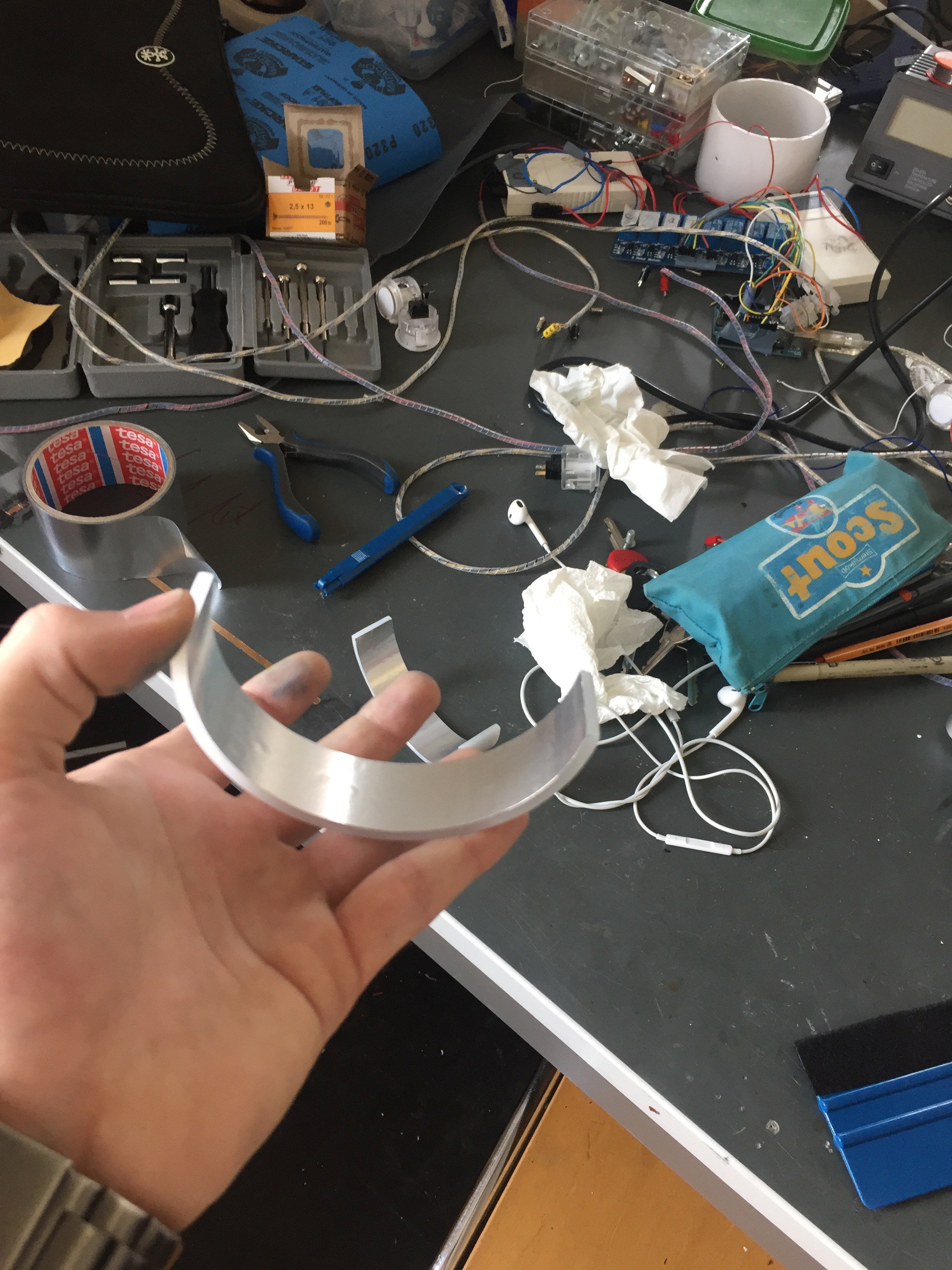
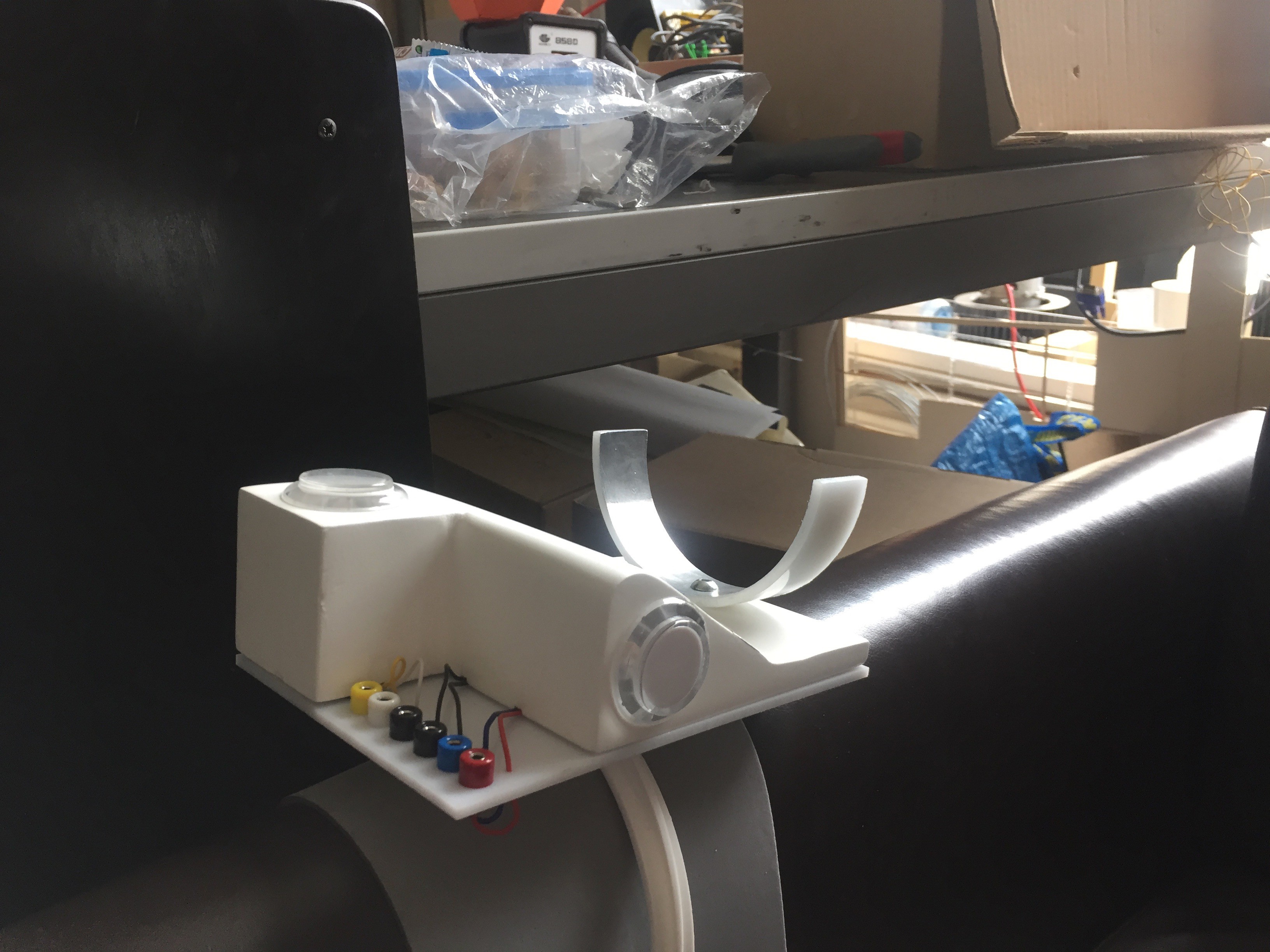
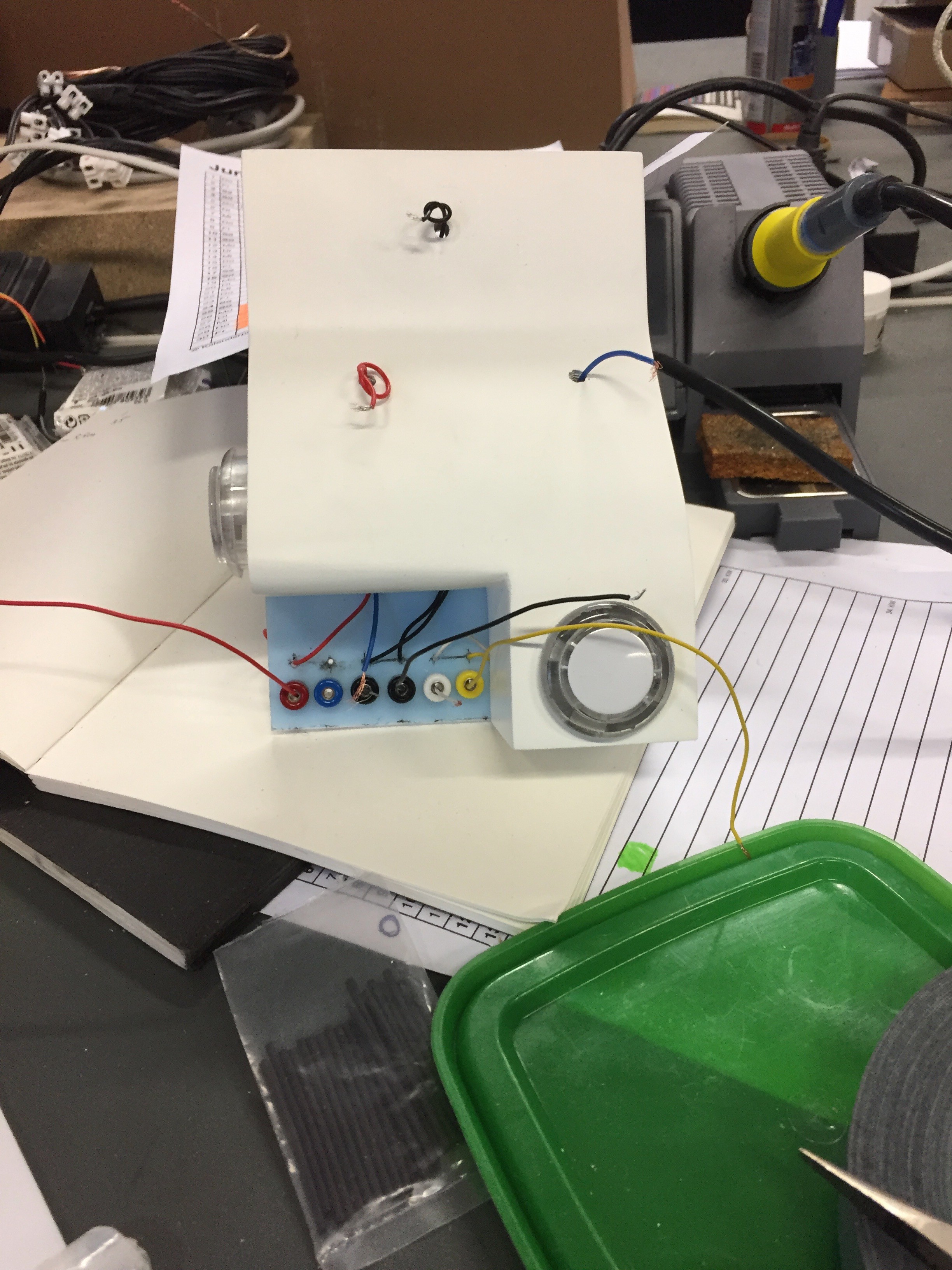


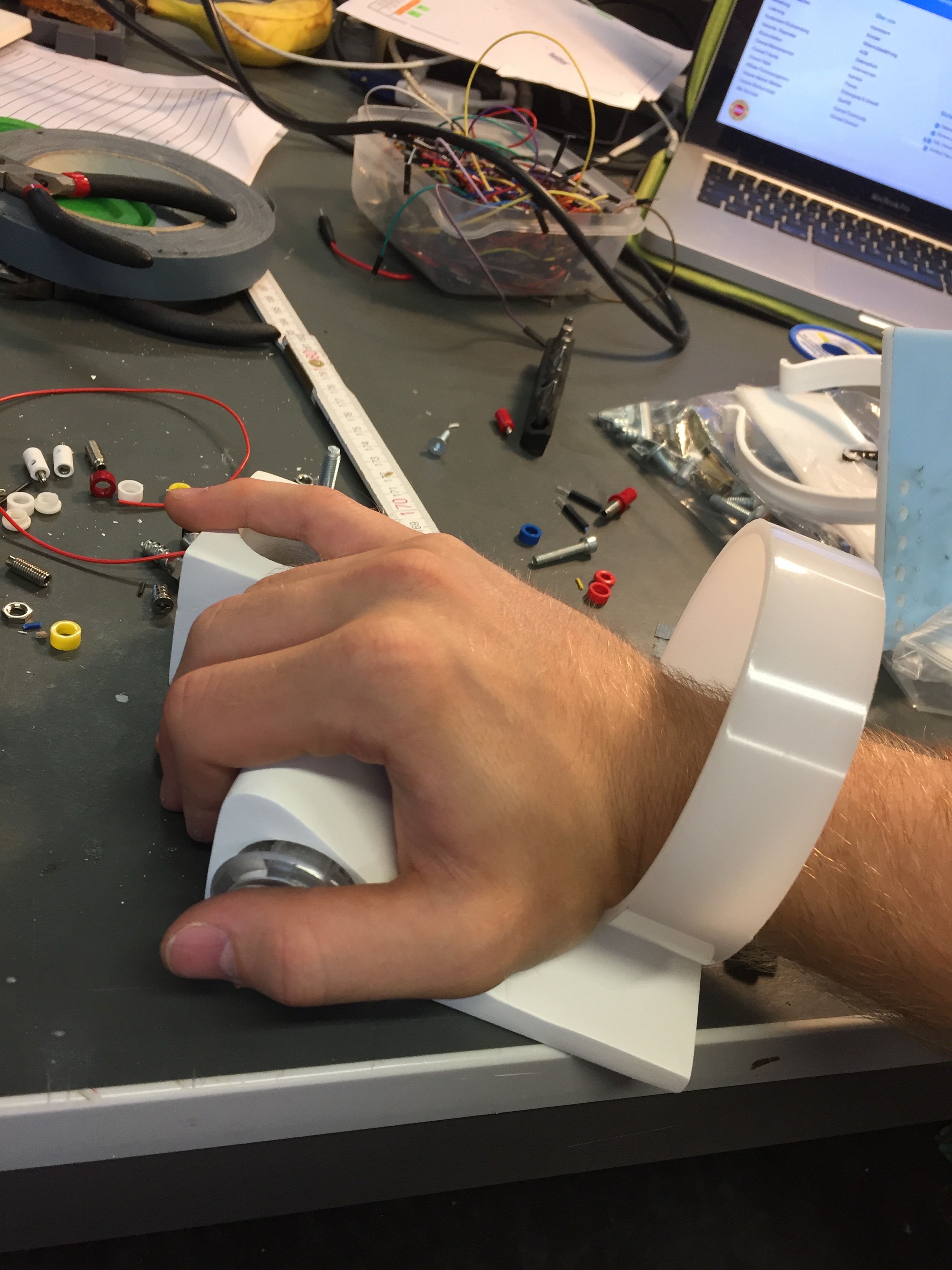


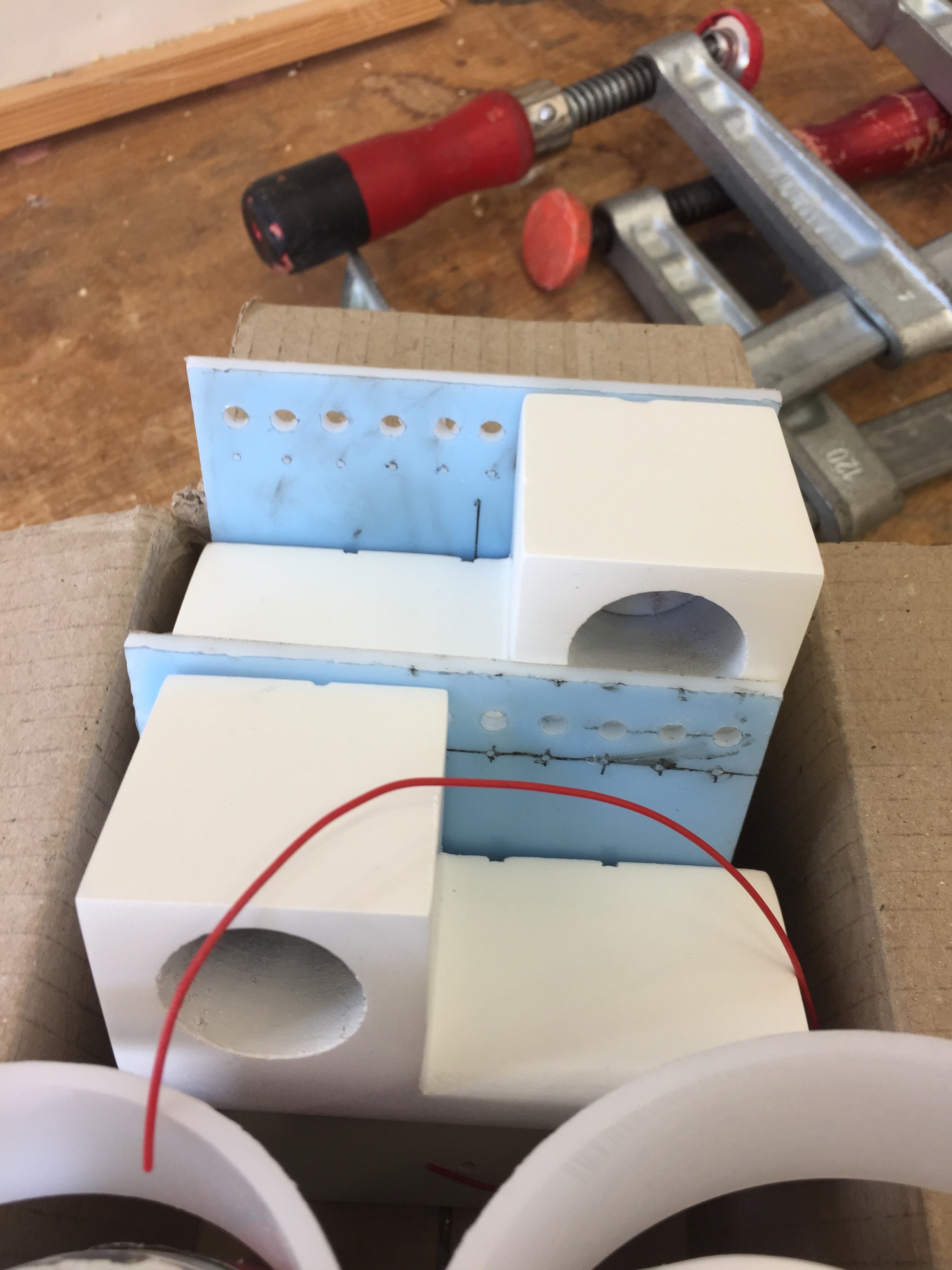

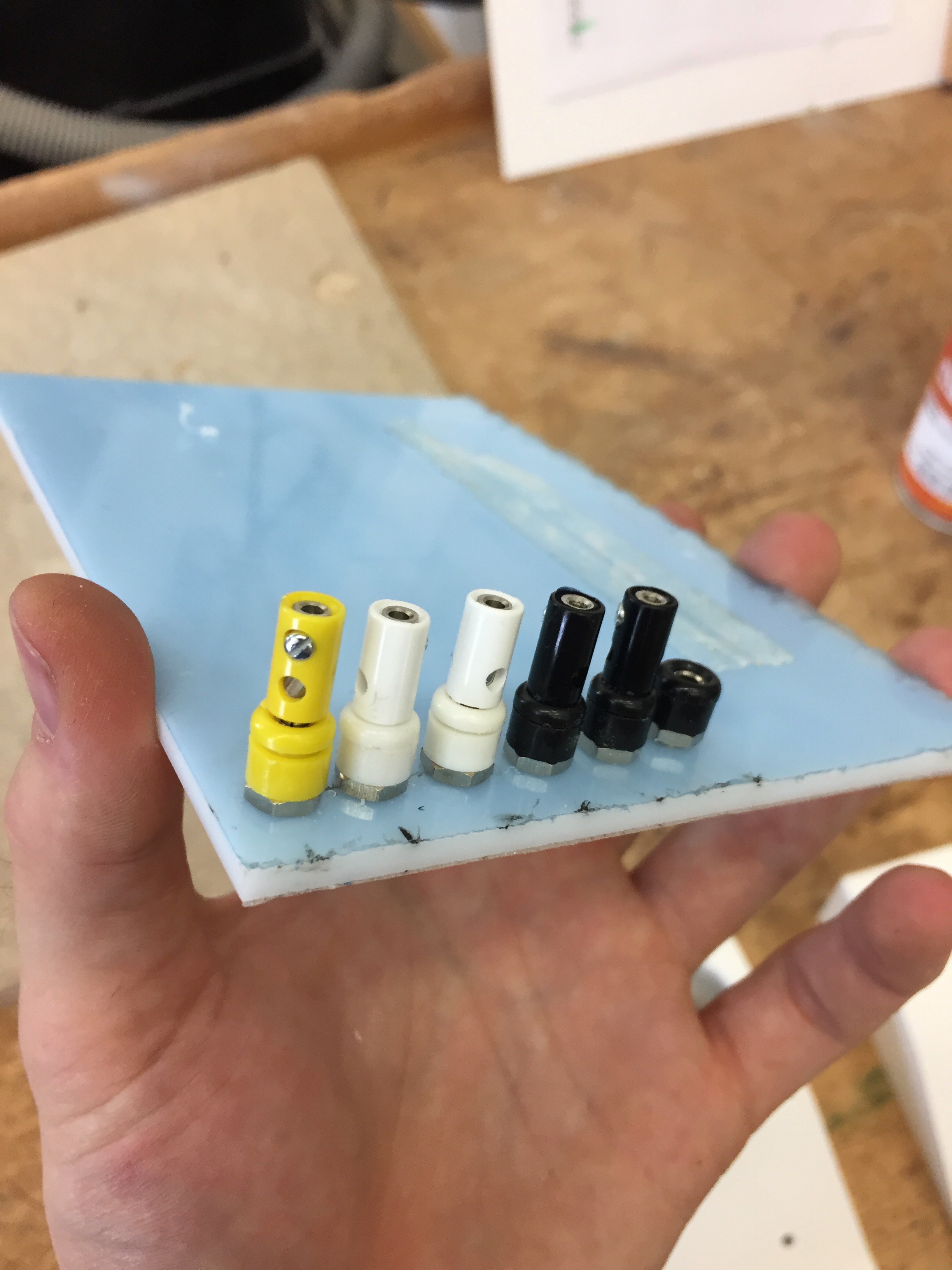
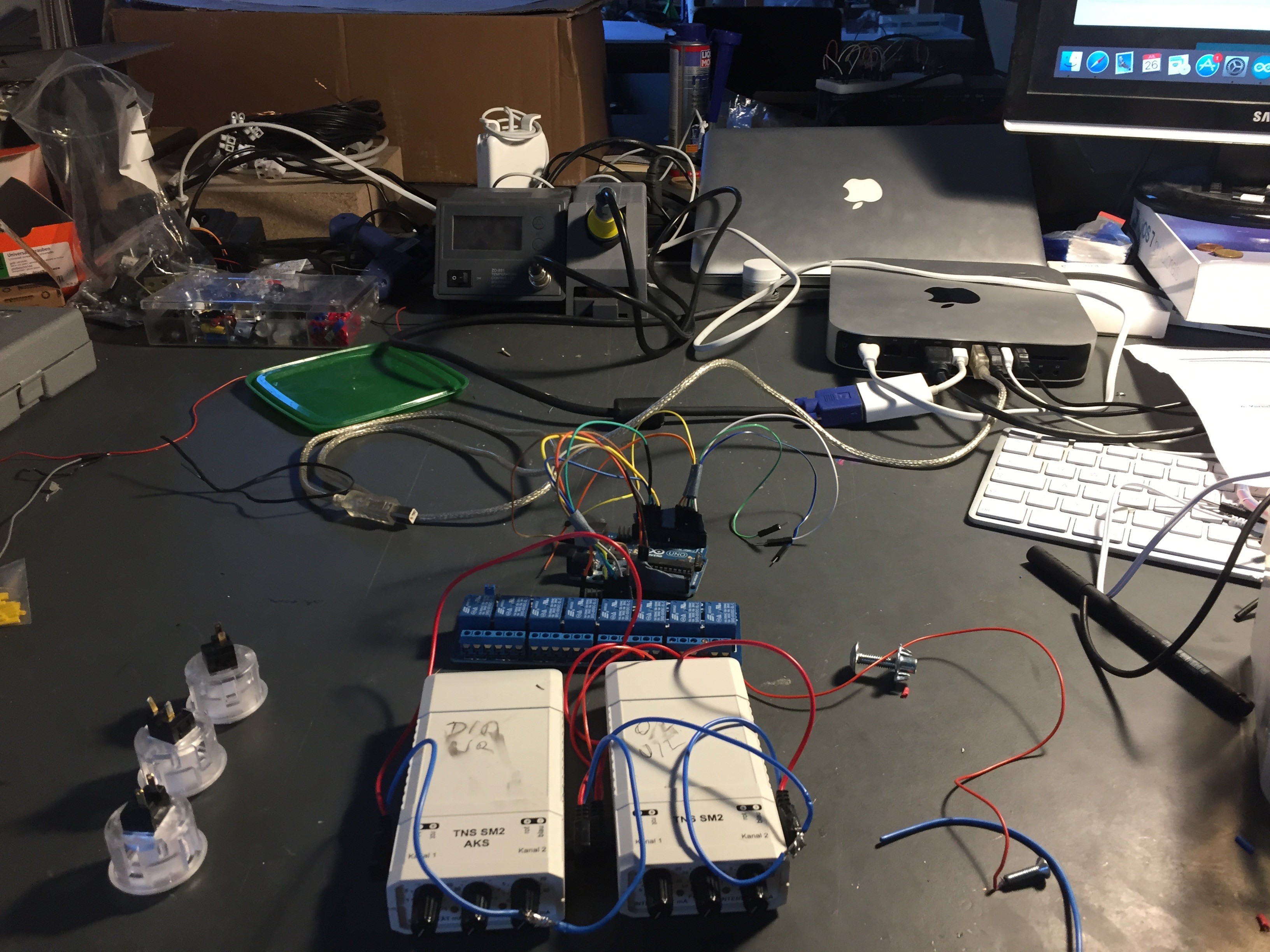



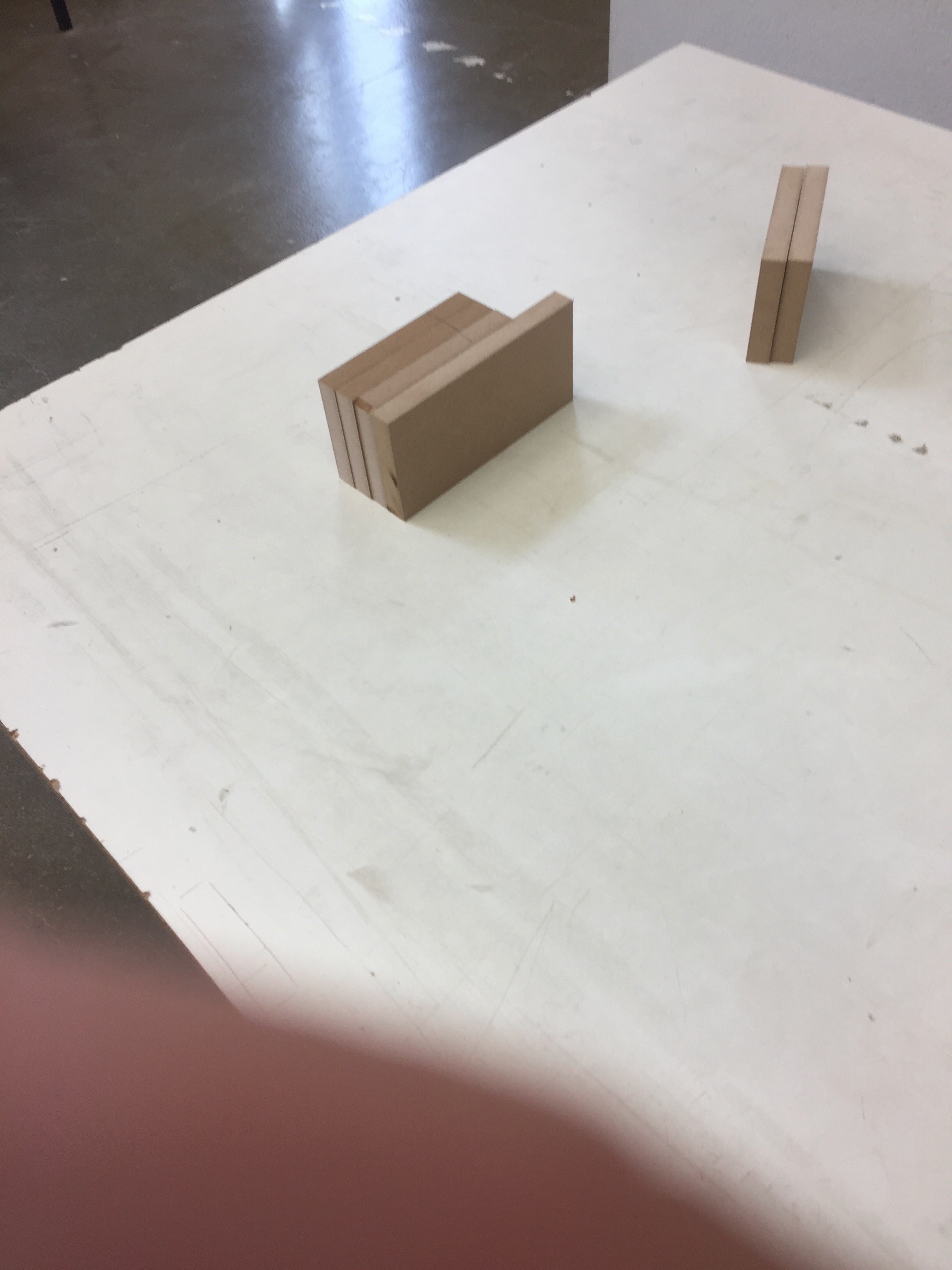

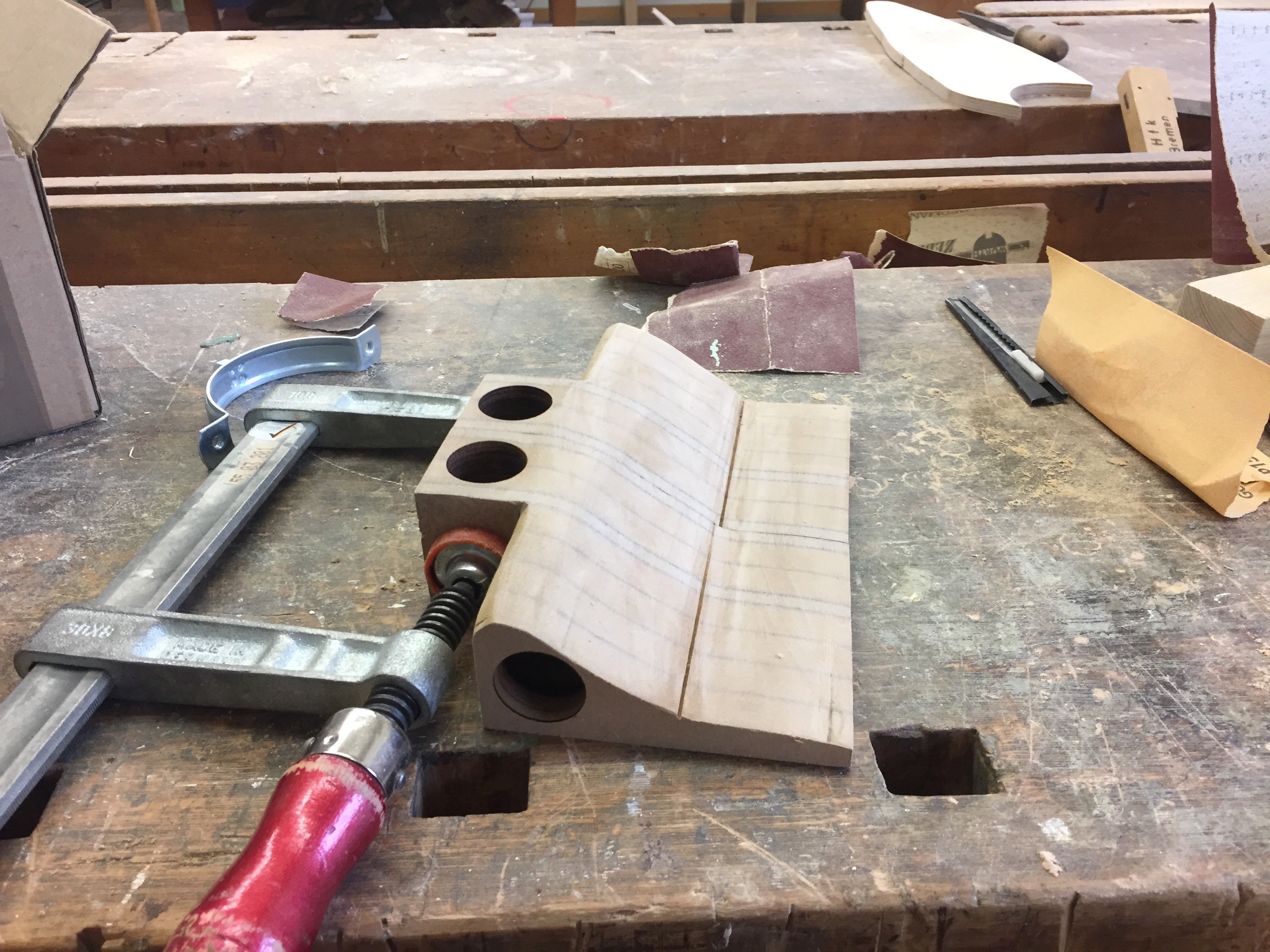

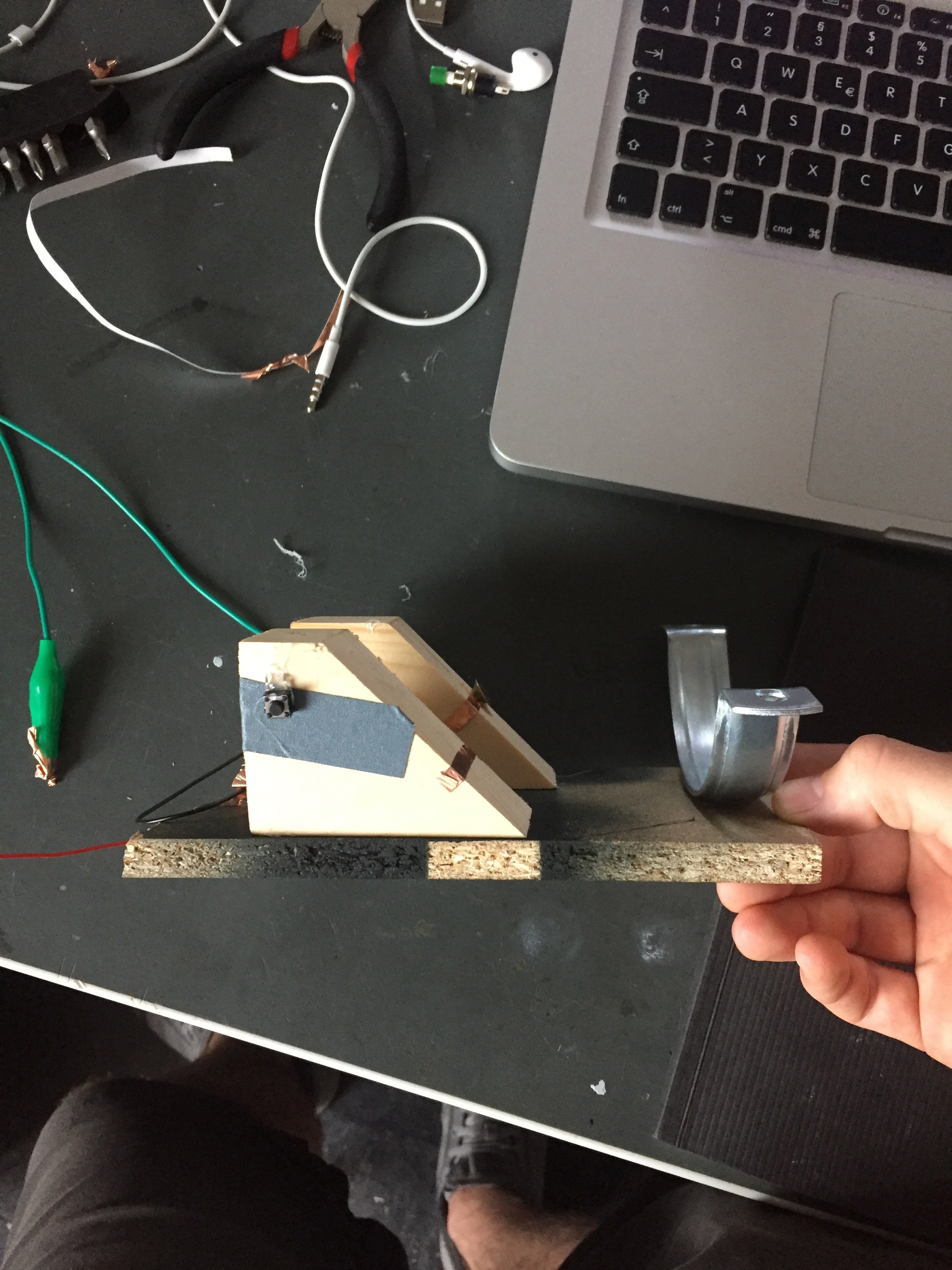
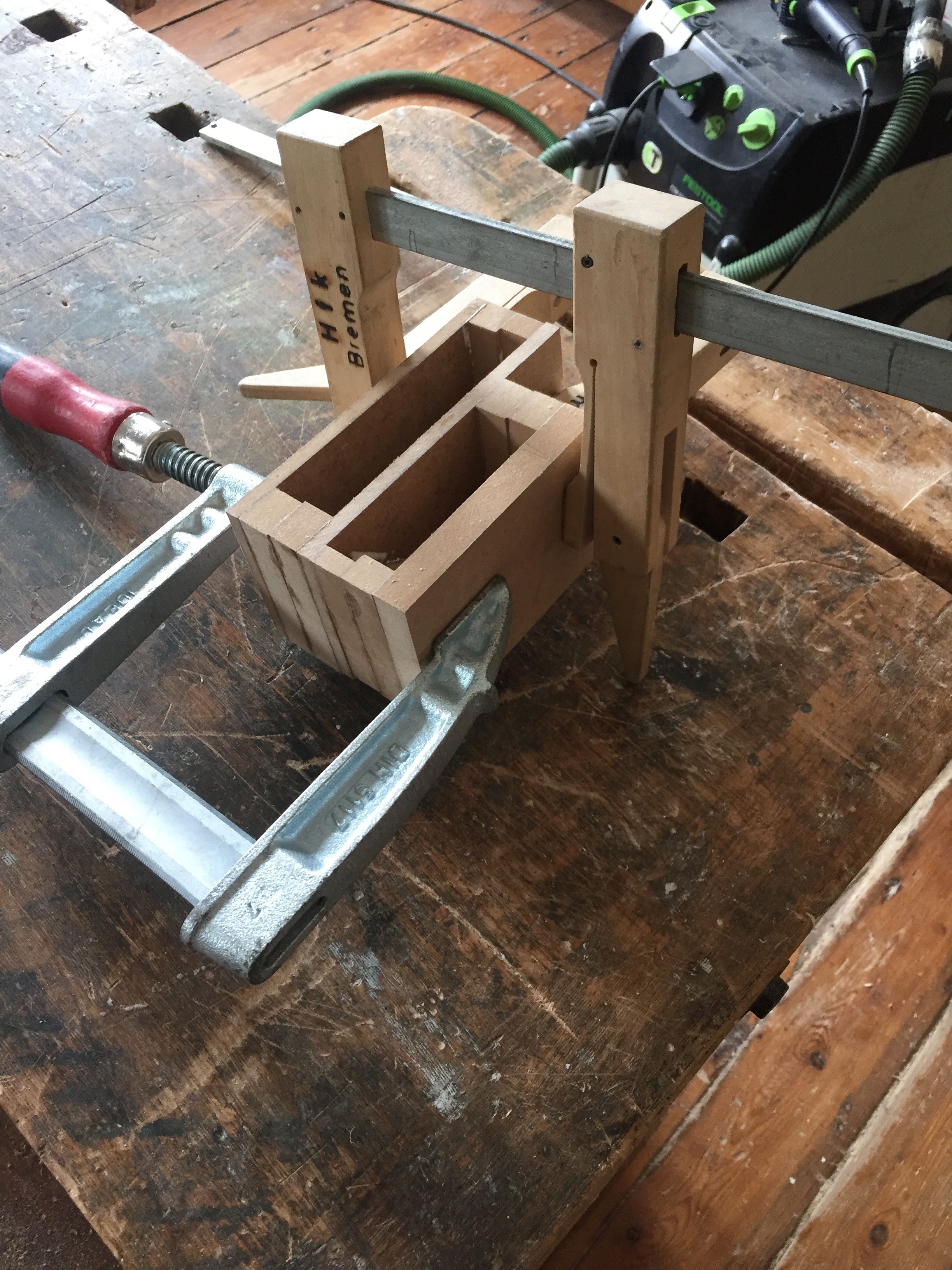
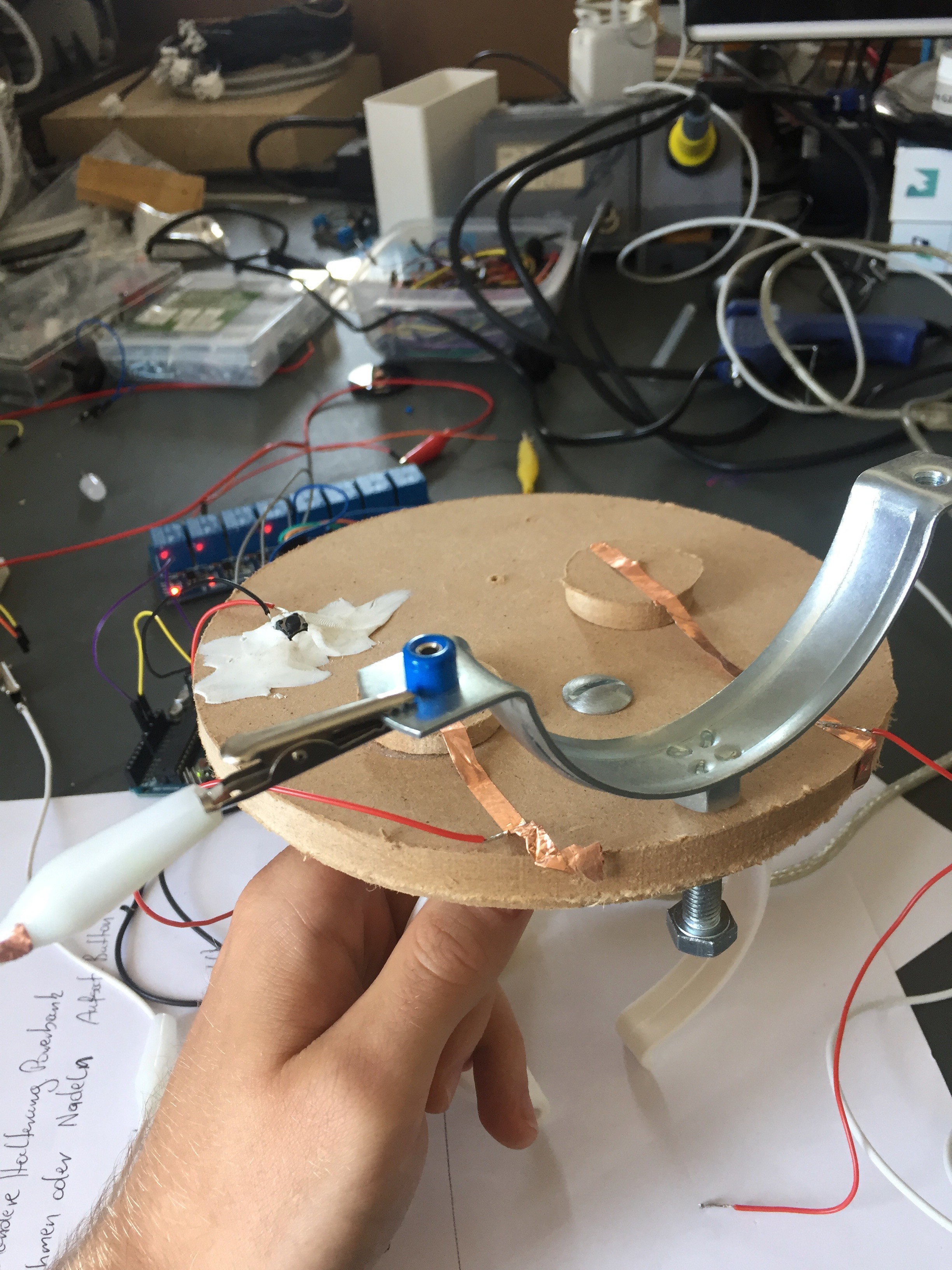
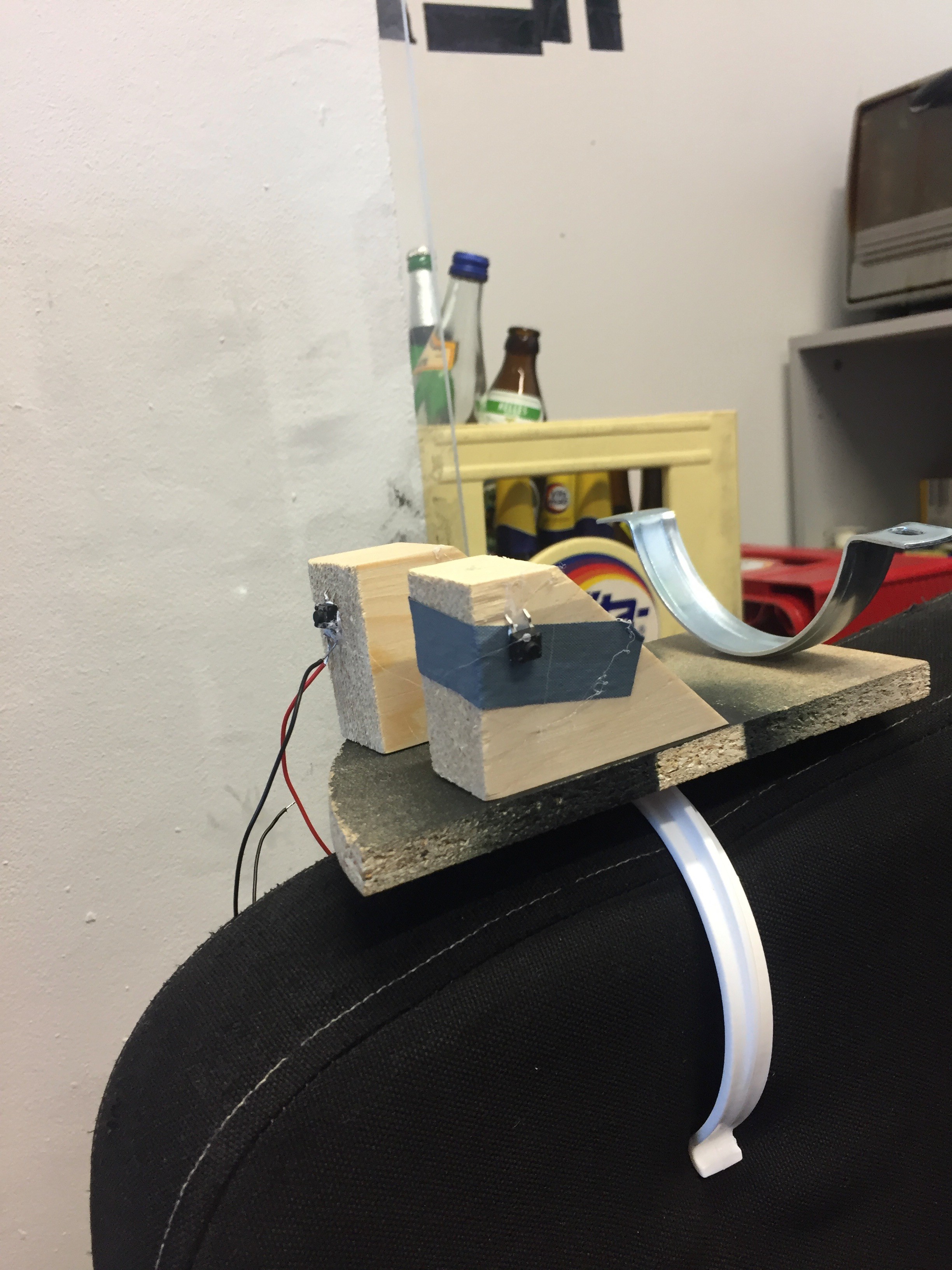
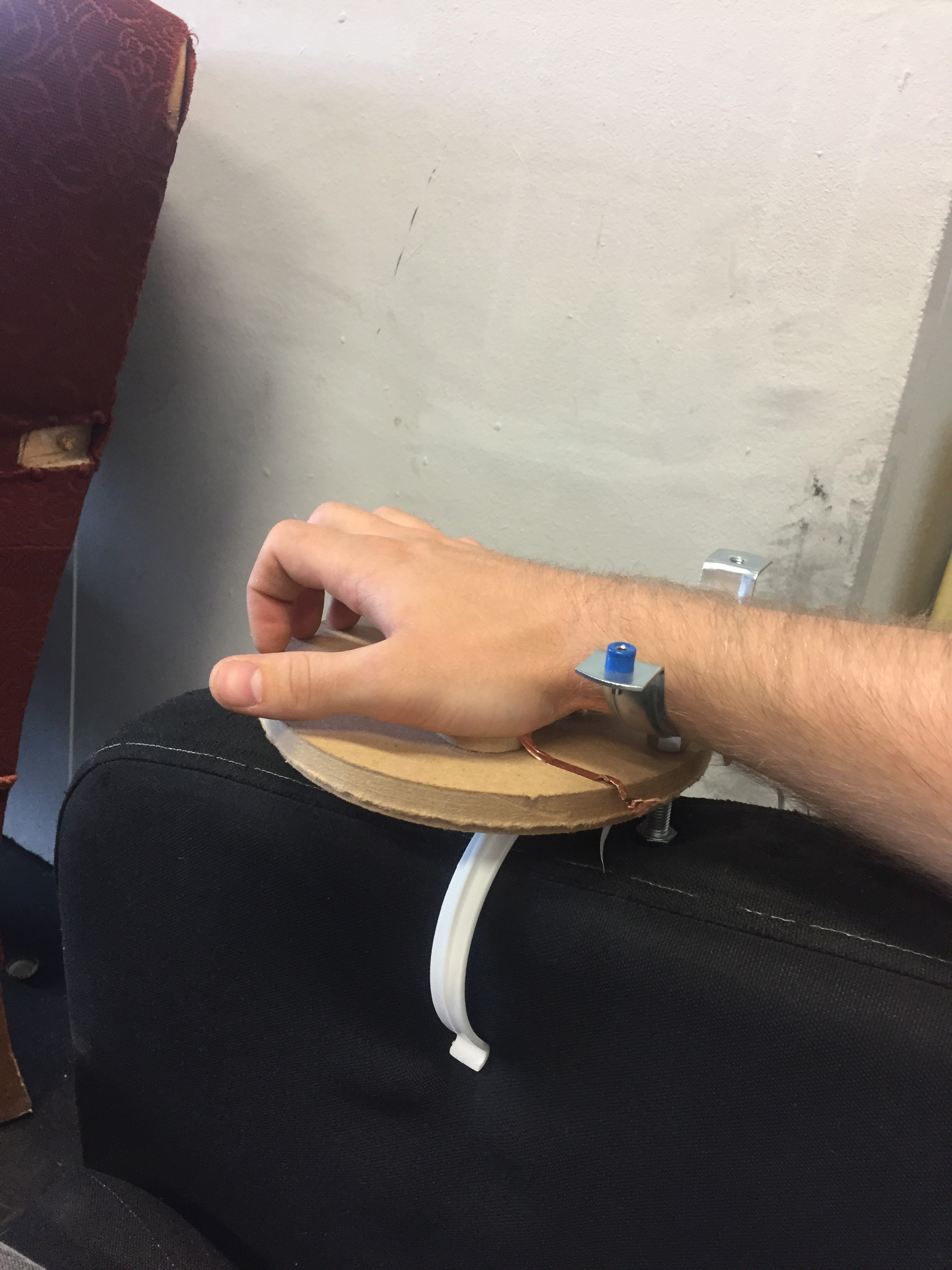
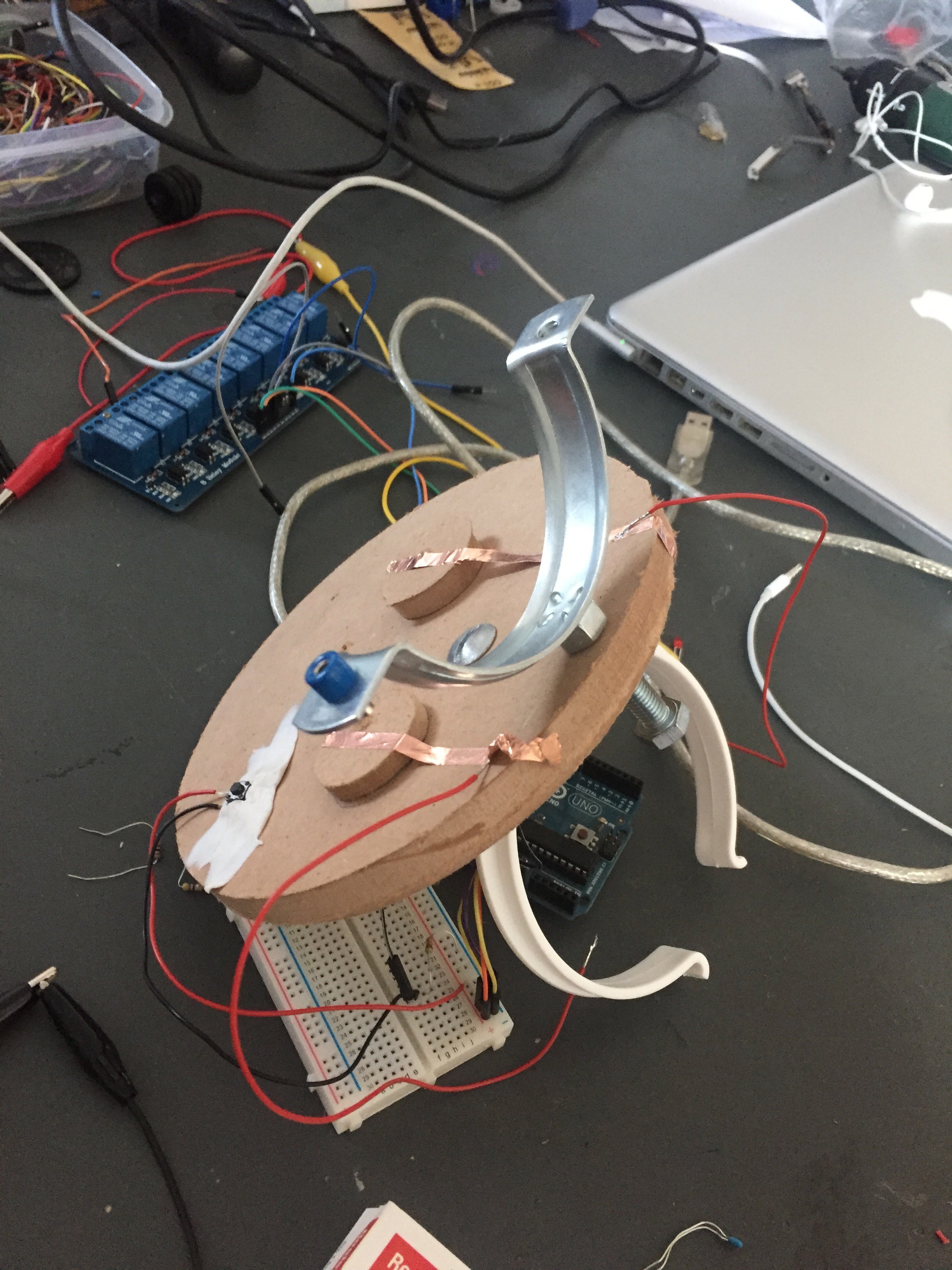

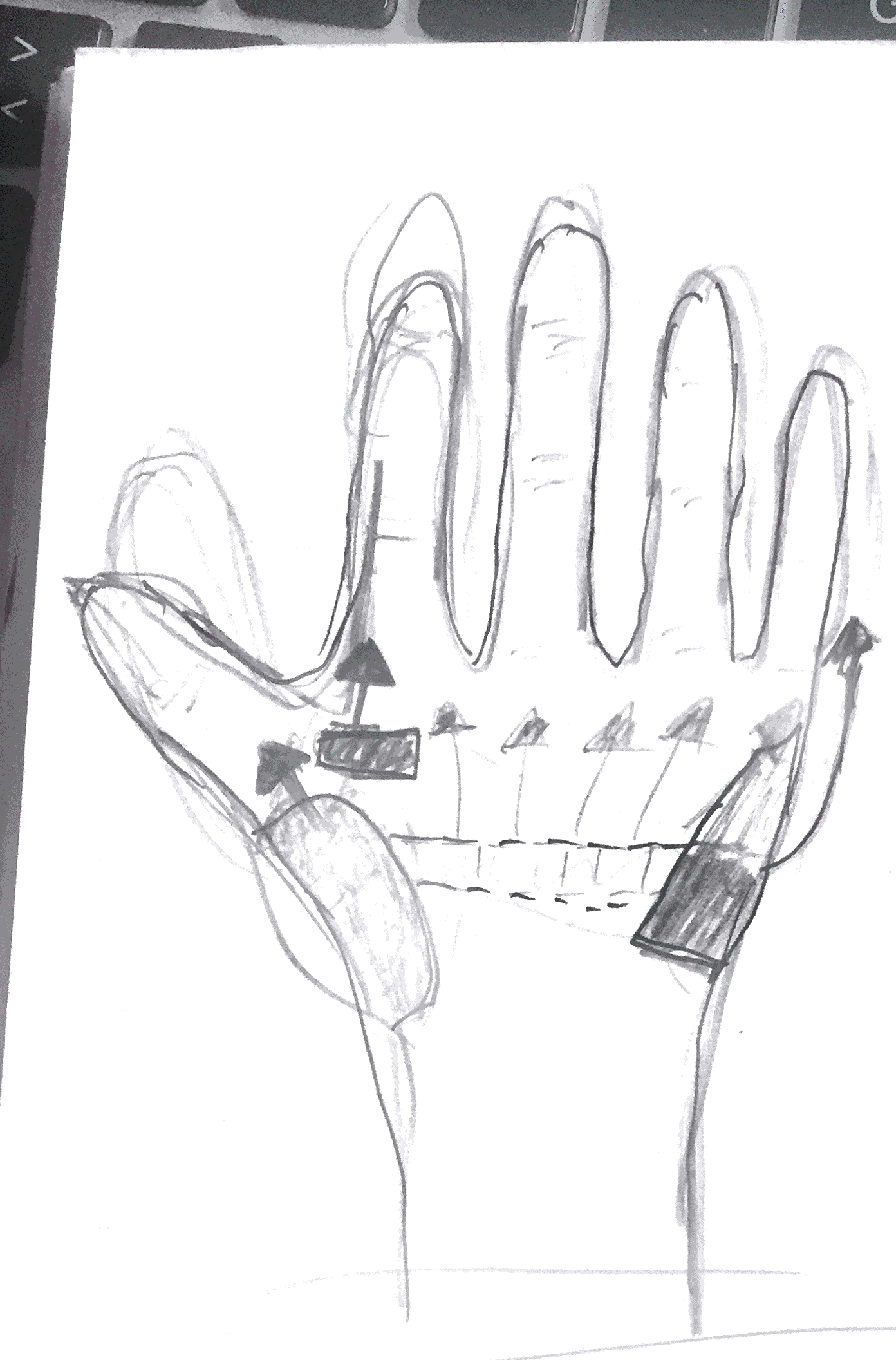

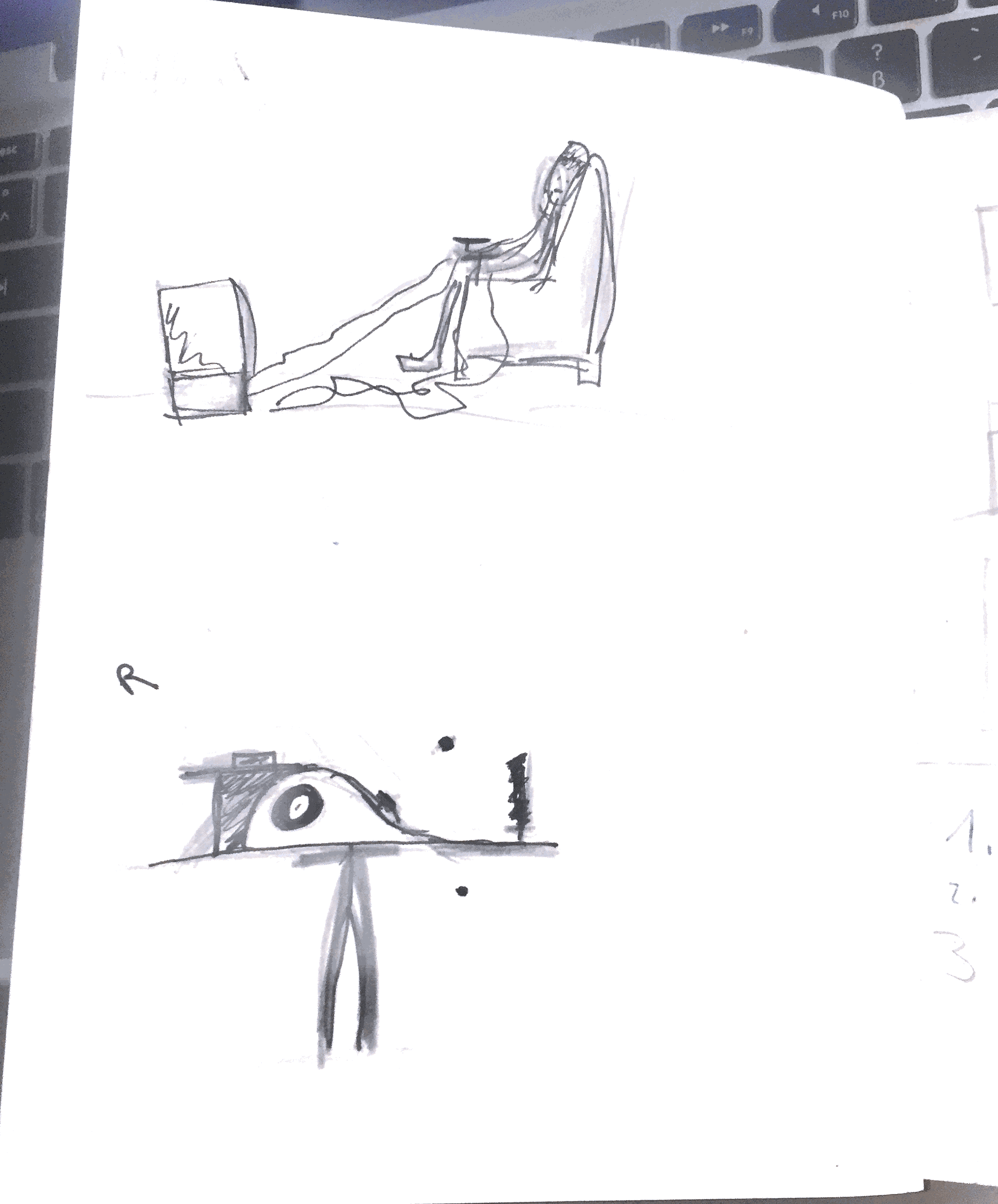
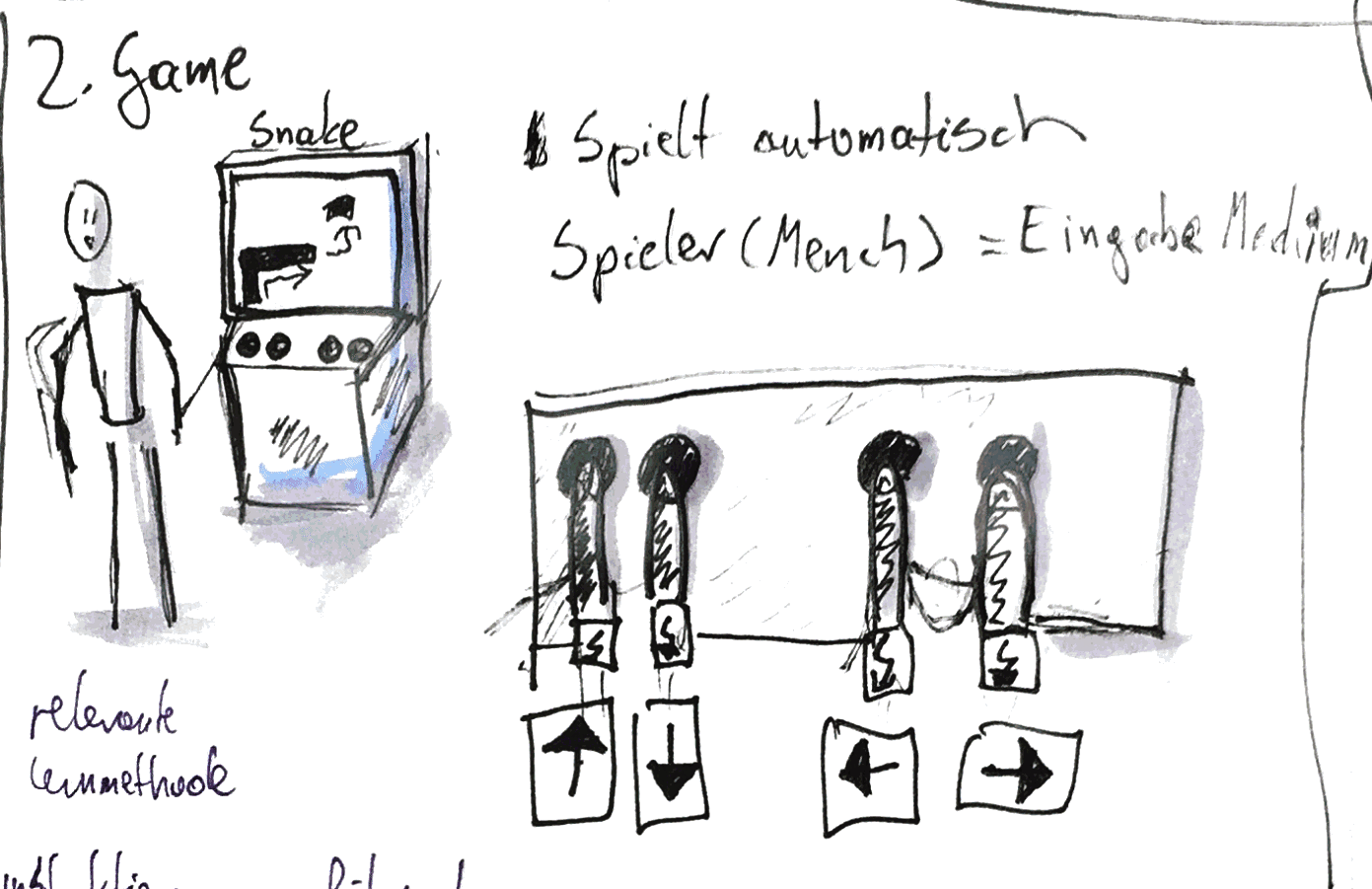
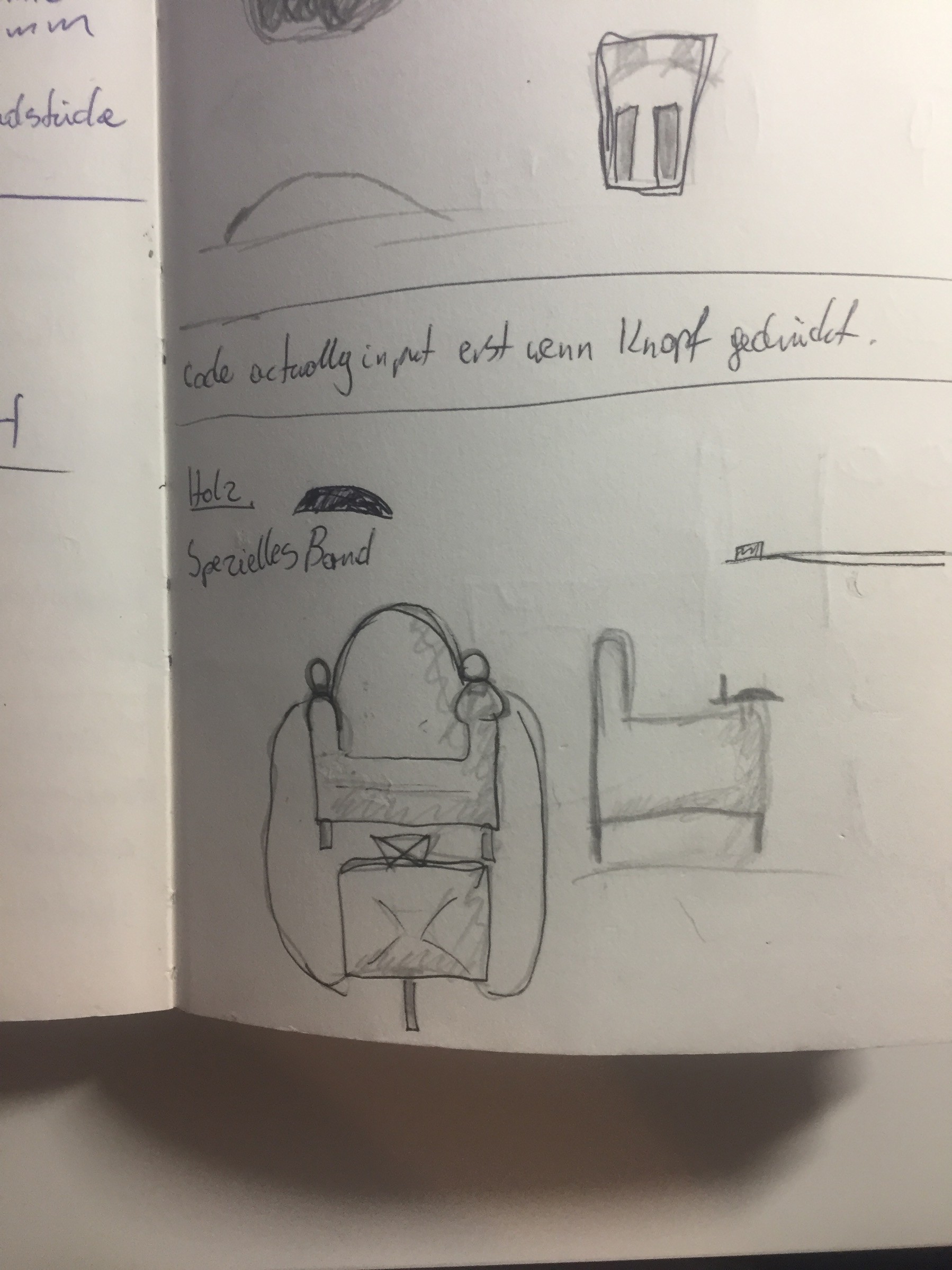
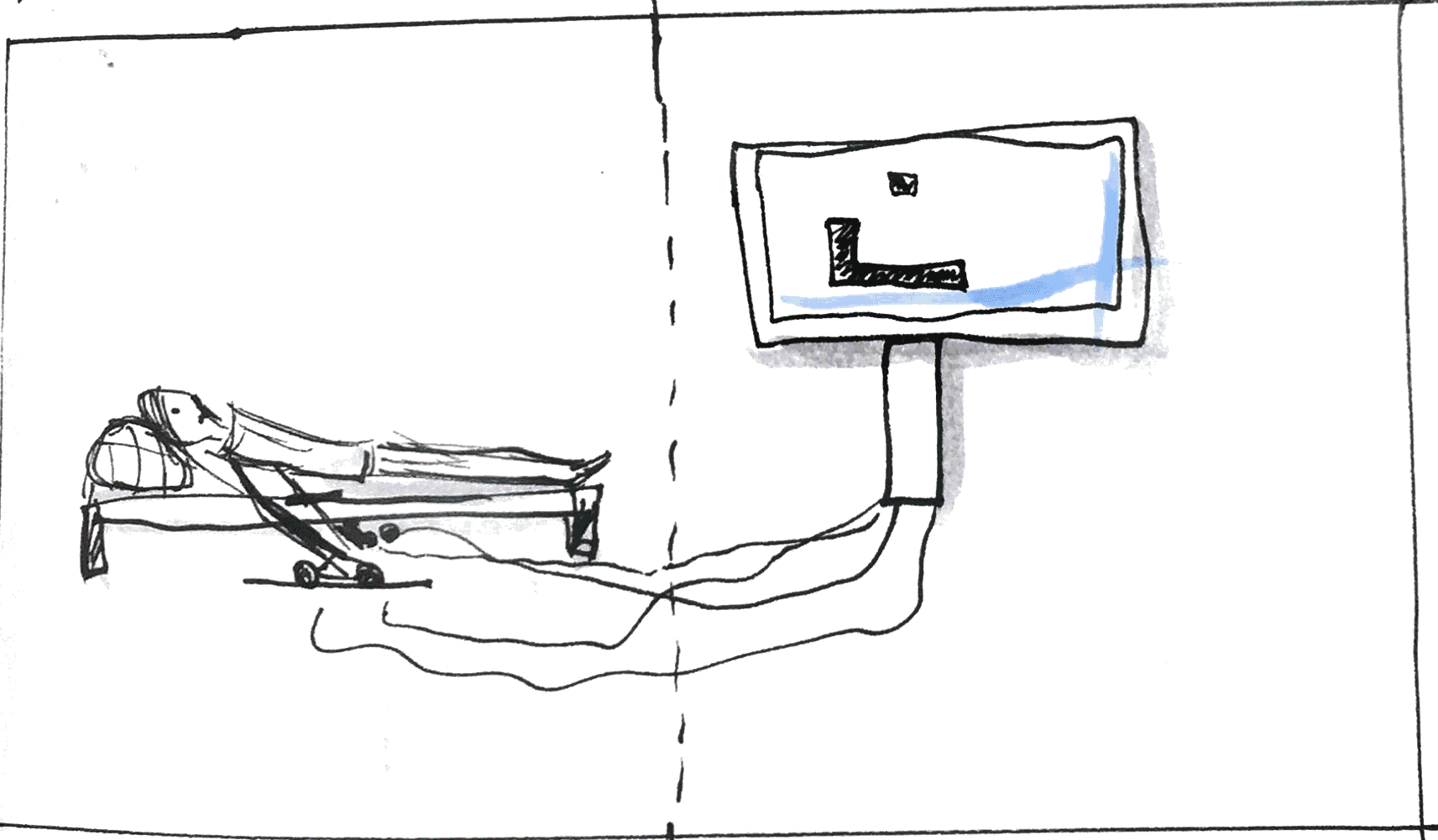
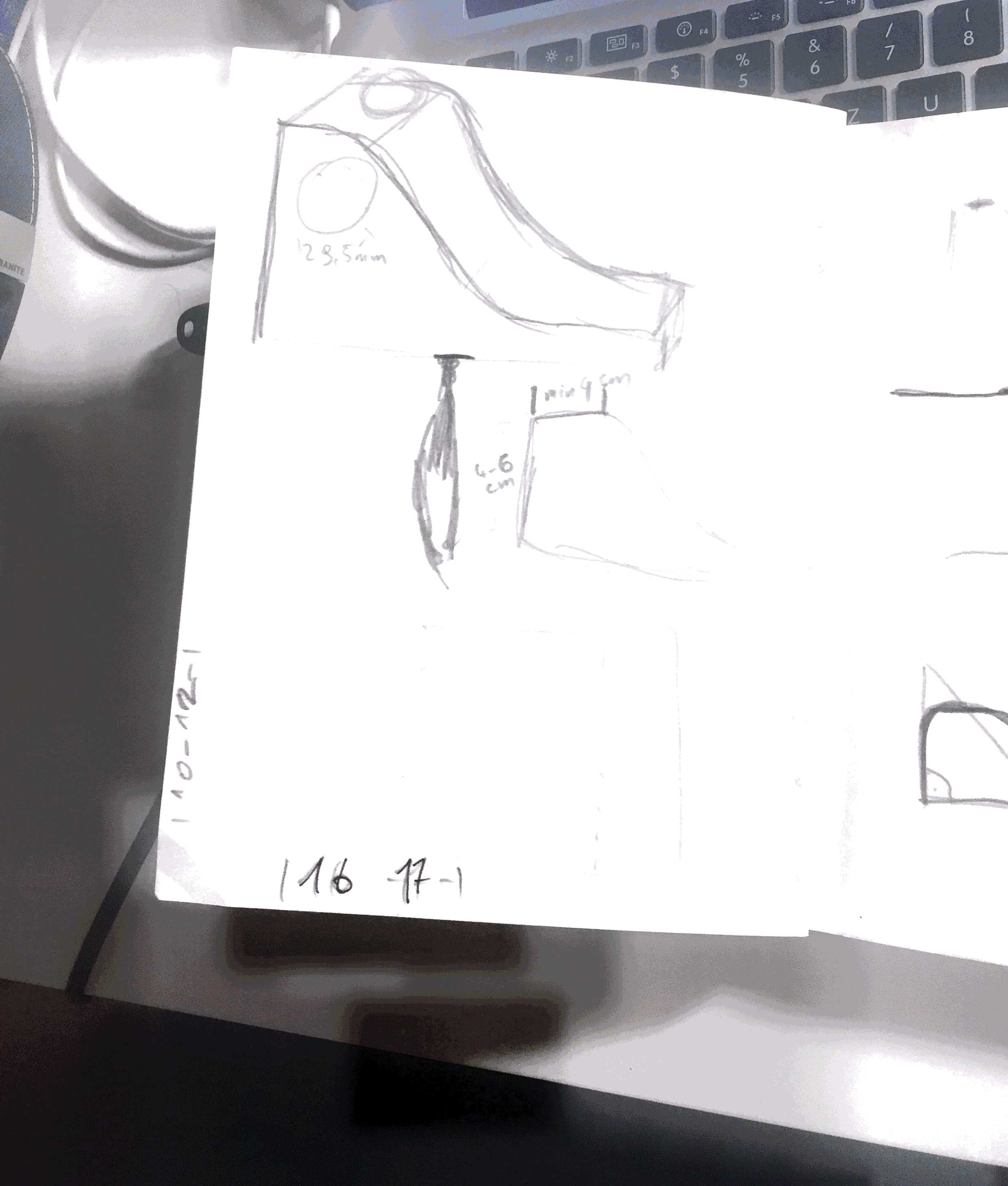

 Julien OUDIN
Julien OUDIN
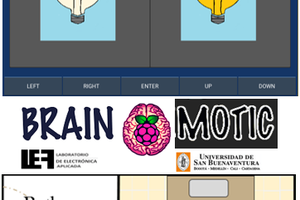
 Daniel Felipe Valencia V
Daniel Felipe Valencia V
 Stephen Craver
Stephen Craver